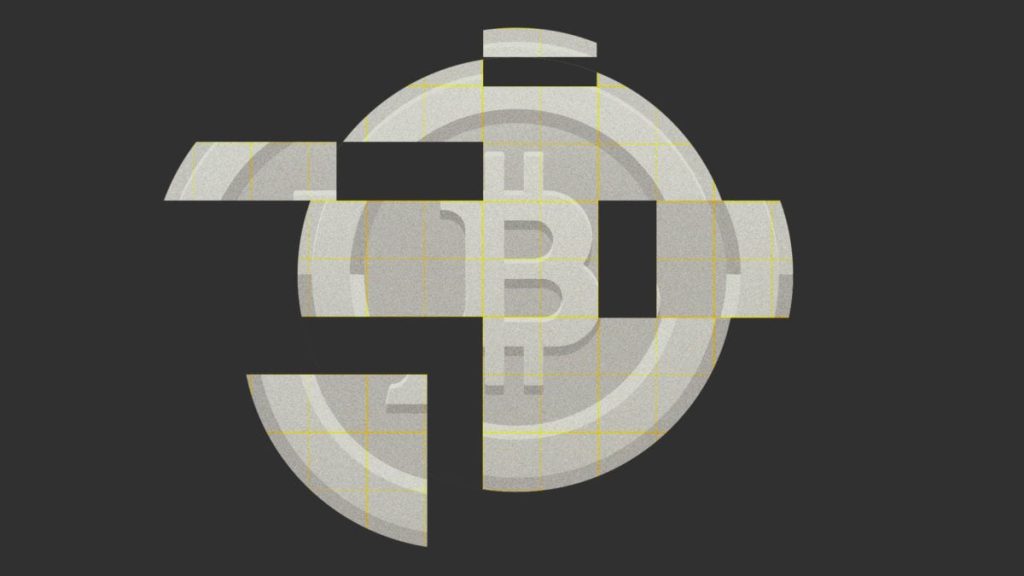Perhaps the most significant moment of the past week was the bitcoin halving, which happened late in the day on Friday, April 19.
As a reminder, the halving happens every 210,000 blocks, or roughly every four years, given that a block gets mined around every 10 minutes and decreases the reward for mining a bitcoin block by half, slowing bitcoin’s issuance.
Eventually, the block reward will become zero once all 21 million bitcoin are mined, and the only reward for miners will be transaction fees.
The most recent halving brought the block reward down to 3.125 BTC from 6.25 BTC.
Halve a bad day?
Historically, the halving has been viewed as a bullish signal as, in a certain sense, it increases the scarcity of the asset. This year, predictions about the halving were spread far and wide, with some sticking by the sentiment it would propel bitcoin upwards, some saying the event was already priced in, and some thinking the more depressed macro sentiment was going to be a main driver on bitcoin’s price going forward.
But one group of people the halving is not great for? Bitcoin miners.
Bitcoin is, of course, up massively from when it first emerged. A block reward of 50 BTC back in 2009 pales in comparison to the 3.125 BTC reward at today’s prices. Regardless of whether bitcoin does make big moves over the next four years that make the current 3.125 BTC comparable to the previous 6.25 BTC valuation, that change doesn’t happen overnight.
For miners, the bulk of their earnings have been cut by 50% in one day. During the previous halving in 2020, the 7-day moving average of total miner revenue fell from $18.3 million on May 10 to just $8.44 million on May 18.
Miners seem to have been spared a similar trend this time, however, with unaveraged data showing April 20 was the highest day of miner revenue ever. While the revenue coming from the block subsidy dropped from $60 million on April 19 to $26 million the next day, transaction fees surged to $80 million on Saturday as Runes excitement drove block demand. While transaction fees calmed down a bit on April 21, coming in around $22 million, they are still very high.
The halving will impact miner profitability in the long run, since the cost of mining a bitcoin will not actually go unless energy prices drop or the hash power securing the network declines. But the run-up in bitcoin’s value over the past six months has helped miners prepare, since they could use the profits they secured earlier to help offset lower prospects in the short term.
However, many in the industry are expecting consolidation down the line as smaller, less-efficient miners struggle to keep up with the major players in an extremely competitive market.
This is an excerpt from The Block’s Data & Insights newsletter. Dig into the numbers making up the industry’s most thought-provoking trends.
Disclaimer: The Block is an independent media outlet that delivers news, research, and data. As of November 2023, Foresight Ventures is a majority investor of The Block. Foresight Ventures invests in other companies in the crypto space. Crypto exchange Bitget is an anchor LP for Foresight Ventures. The Block continues to operate independently to deliver objective, impactful, and timely information about the crypto industry. Here are our current financial disclosures.
© 2023 The Block. All Rights Reserved. This article is provided for informational purposes only. It is not offered or intended to be used as legal, tax, investment, financial, or other advice.


